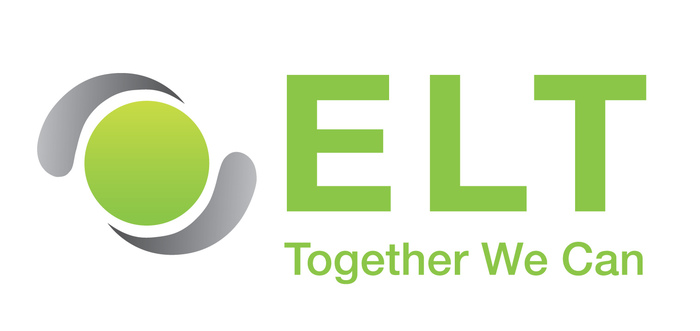Design and Technology
“The best way to predict the future is to create it “ Abraham Lincoln
At St Andrew’s Primary School, we recognise that Design and Technology prepares children to take part in the development of today’s rapidly changing world. Design and Technology encourages them to become independent, creative problem solvers, both as individuals and as part of a team. Our DT curriculum enables them to identify needs and opportunities and to respond by developing ideas and making products and systems. Through the study of Design and Technology they combine practical skills with an understanding of aesthetic, social, and environmental issues, as well as functions and industrial practices. At St Andrew’s Primary School, we want all children to become informed consumers and potential innovators.
What does our approach to Design Technology look like in the classroom?
Our Design and Technology curriculum from Early years to Year 6 provides a clear and comprehensive scheme of work, delivered through Cornerstones projects, that shows a progression of skills within the strands of Design and Technology and provides support and challenge for all learners.
In the Early years Foundation Stage, we provide children with a range of materials to construct with, encourage them to think about and discuss what they want to make, discuss problems and how they might be solved as they arise. Staff reflect with the children on how they have achieved their aims and teach children different techniques for joining materials. There is a designated DT area where children are encouraged to become independent, creative thinkers.
In Key stage 1 through a variety of creative and practical activities, pupils are taught the technical knowledge, understanding and practical skills needed to engage in the process of designing, making and evaluating. Pupils are taught how to cook and apply the principles of nutrition and healthy eating. They are encouraged to be creative in their cooking and take enjoyment from making food.
In key stage 2 pupils will also design, make and evaluate products, but their technical knowledge will develop and build on existing skills to strengthen and reinforce more complex structures, use mechanical systems in their products (e.g., gears, pulleys, cams and levers) and understand and use electrical systems (e.g. series circuits incorporating switches, bulbs and buzzers). Pupils build on their understanding of a healthy and varied nutritional diet when preparing food. They prepare and cook predominantly seasonal savoury dishes and learn where and how a variety of ingredients are grown, reared, caught and processed.
How do we measure success in Design and Technology?
Through our Cornerstones Design and Technology curriculum, the children build on their DT knowledge and skills each year. At the end of each project, pupils have the opportunity to complete an ‘innovate challenge’, either independently or with others, to apply the skills and knowledge explored in that unit. Children review their own and each other’s work, focusing upon an evaluation of the finished product and how effectively it meets the learning objective. Pupils will be assessed formatively at the end of each lesson and summatively at the end of each unit of work. Teachers will assess if pupils are working below expected, at the expected level or working at greater depth against the D&T National Curriculum objectives. Pupils work is celebrated through engaging displays amid project drop-ins for parents.
Evidence of impact is gathered and monitored through a variety of methods.
- Class observation of teaching and learning
- Monitoring of planning
- Gathering of pupil voice data
- Sketchbook looks to show the art and design process
- Whole school portfolios of work
- Displays

